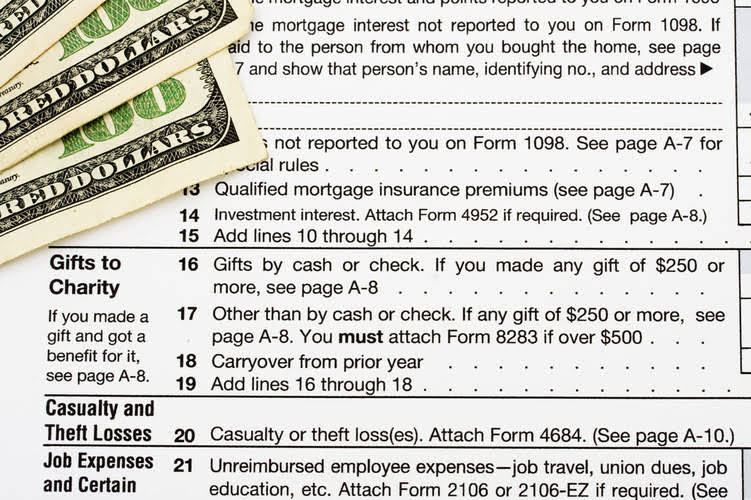The general ledger also enables you to compile a trial balance and helps you spot unusual transactions and create financial statements. Journal entries are recorded in chronological order, making it easy to identify the transactions for a given business day, week, or another billing period. By contrast, entries in a ledger might group like transactions into specific accounts to assess the data for internal financial and accounting purposes. Preparing a ledger is important as it serves as a master document for all your financial transactions.
Resources for Your Growing Business
If the balances differ, it indicate that there are errors in the individual trade payables accounts in the purchases ledger or in the control account. So to locate these errors, accountants need to check each and every trade payables account in the purchases ledger carefully until the error is found purchase ledger control account or the fraud is detected. The use of accounts receivable and accounts payable control accounts creates an accounting system where only the general ledger is self balancing. The subsidiary accounts receivable and payable ledgers have only one sided entries and therefore do not self balance.
- Additional invoices added to the creditor control account will increase the credit balance, and payments to suppliers will reduce the balance.
- He has worked as an accountant and consultant for more than 25 years and has built financial models for all types of industries.
- The reconciliation should be performed on a regular basis by the sales ledger clerk, then reviewed and approved by an independent person.
- The multi-column purchase journal should always have an ‘other’ column to record credit purchases which do not fit into any of the main categories.
New off-payroll IR35 proposals are welcome, and not before time
- The accounts payable control account or purchases ledger control account, is an account maintained in the general ledger used to record summary transactions relating to accounts payable.
- Cash purchases are included in another special journal called the cash disbursements journal, and purchase returns are included in the purchase returns journal or if not used, the general journal.
- The ledger might be a written record if the company does its accounting by hand or electronic records when it uses accounting software.
- The purchase ledger control account, or trade creditor control account, is part of the balance sheet and shows at any given time how much you owe to your suppliers.
- Please note that some information might still be retained by your browser as it’s required for the site to function.
- Simply put, a purchase ledger is a breakdown of all the purchase invoices you have received from suppliers.
- Secondly, then you will make a control account in which you put the summary amount- total sales with its invoice price, total collections, or total payout.
Check out the format of this control account below and try to perceive the similarities with individual trade payables account (creditors account). Purchases Ledger Control Account is a summary account which checks the arithmetical accuracy of the Purchases Ledger. It enables us to see at a glance whether the general ledger balance for the purchases ledger agrees with the total of all the individual trade payable accounts held within the purchases ledger. For credit purchases, the control account is often referred to as the purchase ledger or https://www.bookstime.com/articles/church-chart-of-accounts (PLCA). The examples above are very basic and are standard double-entry accounting transactions. The sale will be recorded as a credit entry (as normal) but what about the corresponding debit?
- For example, the « total sales » figure of $16,300 in the debtors control account above comes from the total in the sales journal below (which shows sales on credit).
- Before you start, I would recommend to time yourself to make sure that you not only get the questions right but are completing them at the right speed.
- However, if you’re still using a manual ledger system, the purpose of control accounts is to take the balance of the accounts in the subsidiary ledgers and post the total into the general ledger.
- Using a ledger, you can maintain an accurate record of your business’s financial transactions, generate financial reports, and monitor business results.
- For example, the asset accounts could contain cash in hand, cash in bank, accounts receivable, prepaid expenses, real estate, machinery, inventory, and more.
- Jim doesn’t need to post the details of any of the transactions since the details are already recorded in the subsidiary ledger.
Introduction to Creditors

Quality accounting systems have become a staple for small businesses everywhere, as they are essential to the management of accounts and organized record keeping. Typically, the purchase ledger gets represented in your annual accounts or on your balance sheet as accounts payable. It’s a record of all the purchases and expenses that you have made in your business. The information in the purchase ledger is aggregated periodically and posted to an account in the general ledger, which is known as a control account. The purchase ledger control account is used to keep from cluttering up the general ledger with the massive amount of information that is typically stored in the purchase ledger.

Purchases Transactions
In the double-entry bookkeeping method, financial transactions are initially recorded in the journal. It’s also known as the primary book of accounting or the book of original entry. The journal must include detailed descriptions for every transaction.
![]()
Bookkeeping
If the purchasing volume is relatively low, then there is no need for a purchase ledger. Instead, this information is recorded directly within the general ledger. The use of the payables control account as described above is summarized for easy reference in the following diagram.
Make columns on the far left of the page for the date, transaction or journal entry number, and description. Ledgers contain the necessary information to prepare financial statements. There are two options when using a control account as shown below, either are acceptable. Control accounts are the summarized form of their related subledgers. Designed for freelancers and small business owners, Debitoor invoicing software makes it quick and easy to issue professional invoices and manage your business finances. With Ledger® Live on your desktop, taking control of your crypto has never been easier or more secure.

Accounting Multiple Choice Questions

Thus, there is likely to be an outstanding account payable balance in the ledger at any time. The purchase invoices are also used to enter details of the purchases from each supplier in the accounts payable subsidiary ledger. The subsidiary ledger is a listing of personal accounts, one for each supplier. After that, the bookkeepers can post transactions to the correct subsidiary ledgers or the proper accounts in the general ledger. While many financial transactions are posted in both the journal and ledger, there are significant differences in the purpose and function of each of these accounting books. Most businesses use accounting software that posts all financial transactions directly to the general ledger.
- Control accounts are the summarized form of their related subledgers.
- If someone enters a shop and purchases an item with physical cash, the debit entry will be posted to the cash account and the credit entry will be posted to the sales account.
- Thus, a it helps you to track the overall performance of your business.
- The accounting processes that you have in place for your business are incredibly important.
- If you need to view a specific transaction, you would need to access the appropriate subsidiary ledger in order to view the details.
- It shows all of the activity for accounts receivable for the month of April, including debits and credits to the general ledger account and the net change to the account for the month.
Chartered accountant Michael Brown is the founder and CEO of Double Entry Bookkeeping. He has worked as an accountant and consultant for more than 25 years and has built financial models for all types of industries. He has been the CFO or controller of both small and medium sized companies and has run small businesses of his own. He has been a manager and an auditor with Deloitte, a big 4 accountancy firm, and holds a degree from Loughborough University.


No responses yet